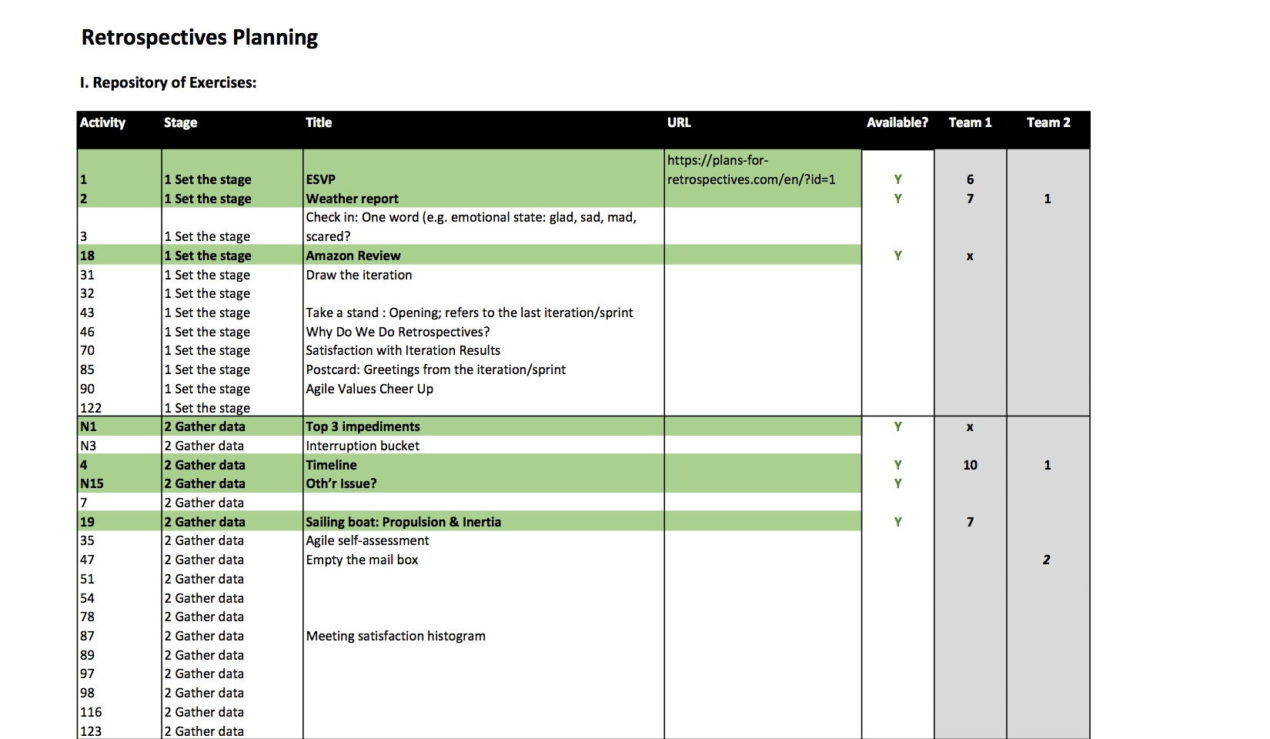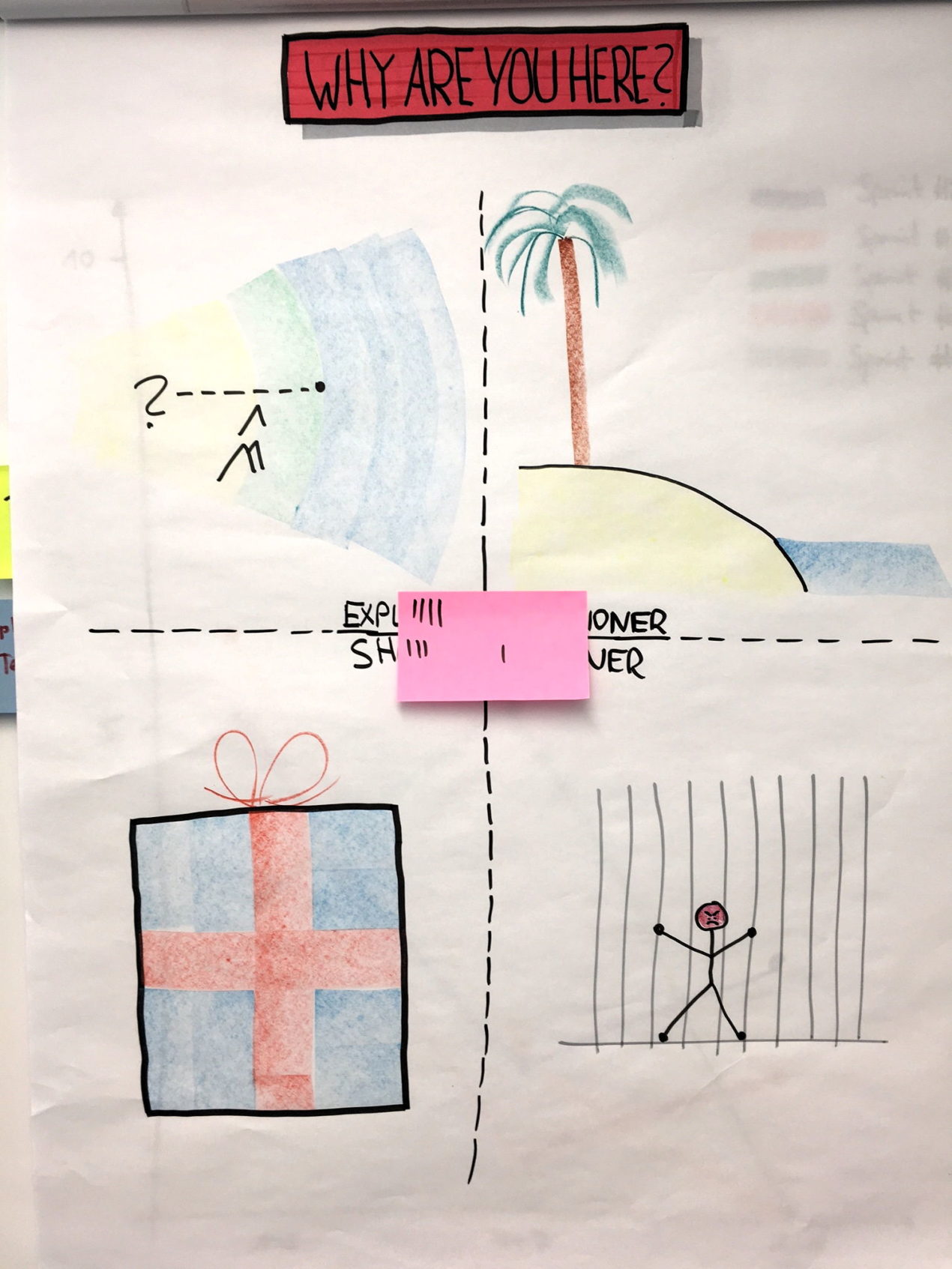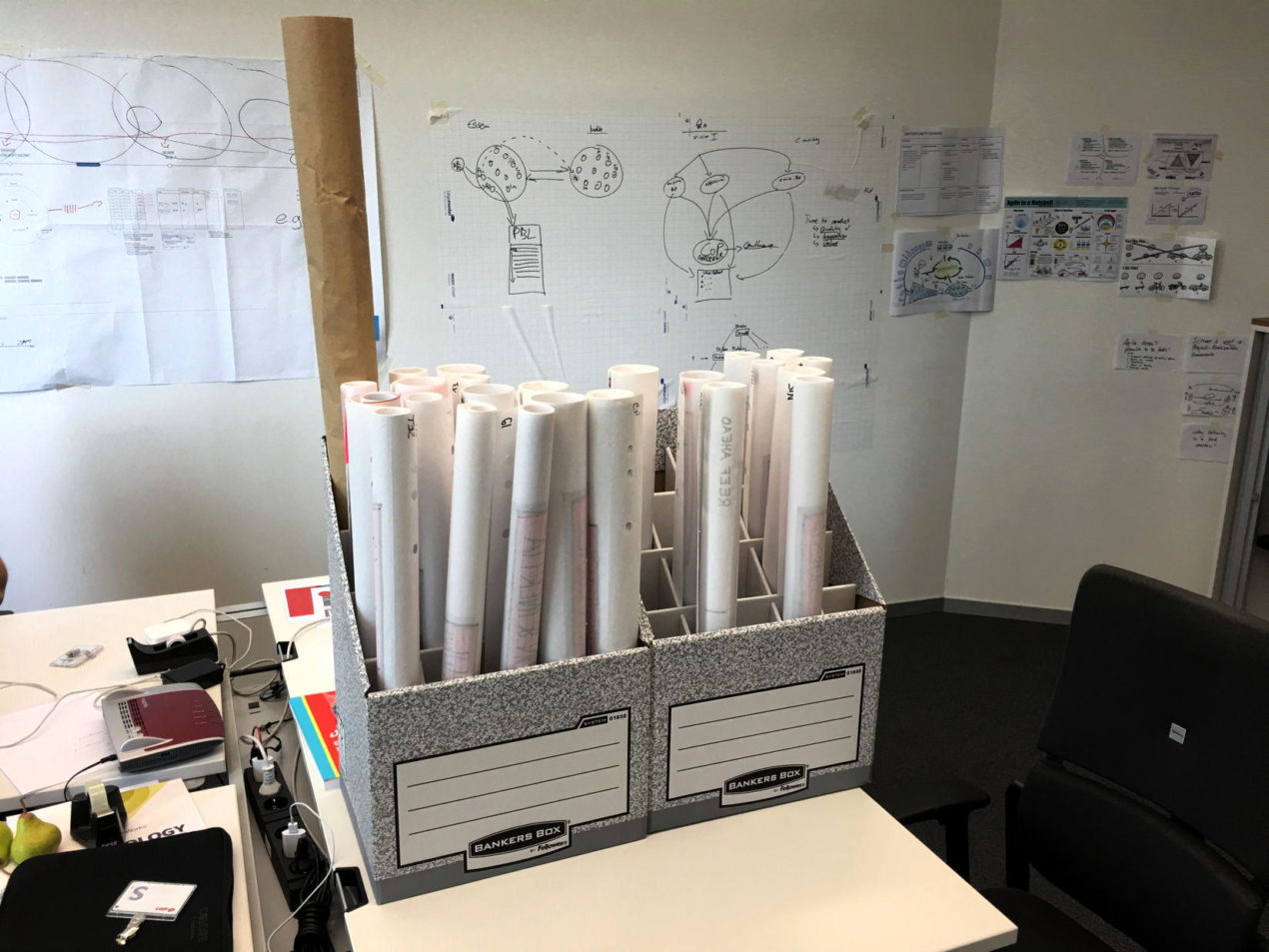TL;DR: The Retrospective Exercises Repository
How to prevent retrospective boredom? One way to achieve that is never to repeat the same combination of retrospective exercises twice.
Avoiding repetitions might sound like much work for a single team. However, if your product delivery organization comprises of more than one Scrum team, I can highly recommend creating a retrospective exercises repository as it improves the quality of the retrospectives and saves much time if you share the retrospective exercises with your fellow scrum masters.
Learn how to build such a retrospective exercises repository.
Curating Retrospectives with Retromat
Last year, I wrote on how to curate retrospectives with Retromat.
Retromat aggregates a lot of suitable exercises for retrospectives, covering the five stages of retrospectives as suggested by Esther Derby and Diana Larson in their excellent book “Agile Retrospectives: Making Good Teams Great.”
Esther and Diane distinguish five stages:
- Set the stage
- Gather data
- Generate insights
- Decide what to do
- Close the retrospective.
Retromat provides a lot of exercises for each of those stages. As a first step, I went through all the exercises listed for the different stages and picked my choices from them. To do so in a structured way, I used an Excel sheet:

Identifying the exercises for future retrospectives is one thing. (The Retromat number is listed in the first column ‘activity’.) Producing the exercises in advance is something different. Doing this upfront for your complete selection is bordering on waste in my eyes. So, I create new exercises on flip chart paper only shortly before a retrospective. (Which is also a good way to familiarize yourself with the exercise itself.) Once an exercise becomes available, I mark it in the Excel sheet with a green background.
For each scrum team, I also add a column to the retrospective exercises repository indicating in which retrospective an exercise was used. (Normally, I use the number of the individual sprint here.) This allows for a quick overview when a certain retrospective exercise was utilized for the last time for a team retrospective. (Of course, I also save all exercises for every retrospective of each team.)
To my experience, if you keep at least three to four retrospectives between the usages of an individual exercise you are on the safe side. Also, try to avoid reusing more than two exercises in a retrospective again. It is interesting to observe that even my clumsy graphics have a considerable potential to be remembered. (Probably, it is also because of their clumsiness.) Anyway, there are more than enough permutations of exercises through all five stages of a retrospective available that you can work around a repetition of activities.

Storing the Retrospective Exercises
When it comes to storing the flip chart sheets, I recommend a small filing cabinet from Bankers Box. They are outrageously expensive — almost 30 Euros in Germany — but very well designed for this purpose. A filing cabinet can hold up to 20 flip chart sheets. Two of those cabinets will suffice for any need to organize retrospectives.

The easiest way to order the exercises is by consecutive numbers, not by retrospective stages. This way is particularly helpful when you branch out beyond Retromat for activities.
Speaking of branching out: there are other sources for respective exercises, for example, Fun Retrospectives or Ben Linders’ retrospective exercises.
I add those exercises with a different number range to the Excel sheet, typically starting with an N. Lastly, I also add dedicated games to the respective exercises repository, for example, the candy game.

Conclusion
Creating a retrospective exercises repository is an easy way to make retrospectives more engaging as well as save efforts when your product delivery organization comprises of more than one scrum team. Remember: sharing is caring.
How are you organizing your retrospective exercises? Please share with me in the comments.
Related Posts
How to Curate Retrospectives with Retromat
21 Sprint Retrospective Anti-Patterns Impeding Scrum Teams
20 Questions a New Scrum Master Should Ask Her Team to Get up to Speed
📅 Scrum Training Classes, Workshops, and Events
You can secure your seat for Scrum training classes, workshops, and meetups directly by following the corresponding link in the table below:
See all upcoming classes here.

You can book your seat for the training directly by following the corresponding links to the ticket shop. If the procurement process of your organization requires a different purchasing process, please contact Berlin Product People GmbH directly.

Hi Steffen,
Never thought of using wine boxes for the purpose. Thanks for the tip!
Best,
Stefan
Hi Stefan!
Great post as always! Regarding the storing of the flip chart sheets: how about a cheaper alternative? I use wine shipping boxes (for nine bottles). (And perhaps you can get them for free if you know a friendly wine dealer. :-))
Kind regards
Steffen